Minecraft has grown into a massive phenomenon for the public, evolving significantly in the last decade. You may come across mobs, which are animals and monsters that move around independently. Getting them to follow you is a rather easy task, enticing them with food. Do you know the real species that the animals of Minecraft are based on? Let’s check out a few of the most popular Minecraft animals to learn about their real-life counterparts.
#1 Minecraft Animal: Axolotl

©iStock.com/Argument
Axolotls can simply be picked up with a bucket to tame within the game. They require water, and they will naturally move towards it if they are outside of water for two minutes or longer. If it is attacked, it will play dead until it accrues enough health points to be active again.
This animal can be found in gold, blue, orange, pink, and brown. Even though there are promotional images of a green axolotl, it was never released for the game.
Real-Life Counterpart: Axolotl
In real life, the axolotl is a salamander, though it is critically endangered. Primarily living in Mexico‘s high-altitude freshwater lakes, it also naturally is found in brown and pink like the Minecraft version. However, it is also found in grey, black, and white. They also cannot survive outside of water.
Axolotls are unusual amphibians because they don’t go through the process of metamorphosis like other amphibians, which allows most to develop legs and lungs and become land and water dwellers. The Axolotl retains the gills it develops in its larval stage, so never adapts to land living, though, ironically, it does develop lungs, as well as legs.
It’s not hard to see why these creatures are the subject of fantasy- in some ways they seem mythical. Axolotls can regenerate not only limbs but also their brains, spines, and most other body parts! They’re amphibians but their nickname is the ‘Mexican walking fish.’
#2 Minecraft Animal: Moobloom
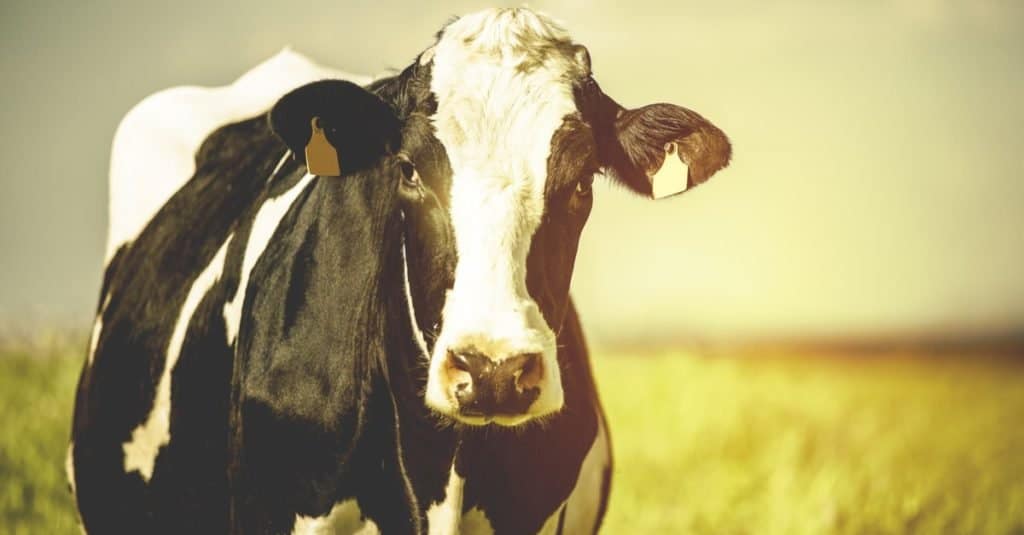
©David MG/Shutterstock.com
The Moobloom has a passive personality, wandering throughout the game. However, they are cautious, and they will not mosey through areas that could cause them harm, like high cliffs or lava floors. As they walk around, they leave buttercups in their steps behind them. They are a variation of the mooshroom, which is a combination of a mushroom and a cow.
Real-Life Counterpart: Cow
The cow doesn’t leave any buttercups behind them, but they have incredible intelligence and emotional depth. They will become anxious when other cows within their herd are injured. They are highly adaptable to their surroundings.
#3 Minecraft Animal: Horse
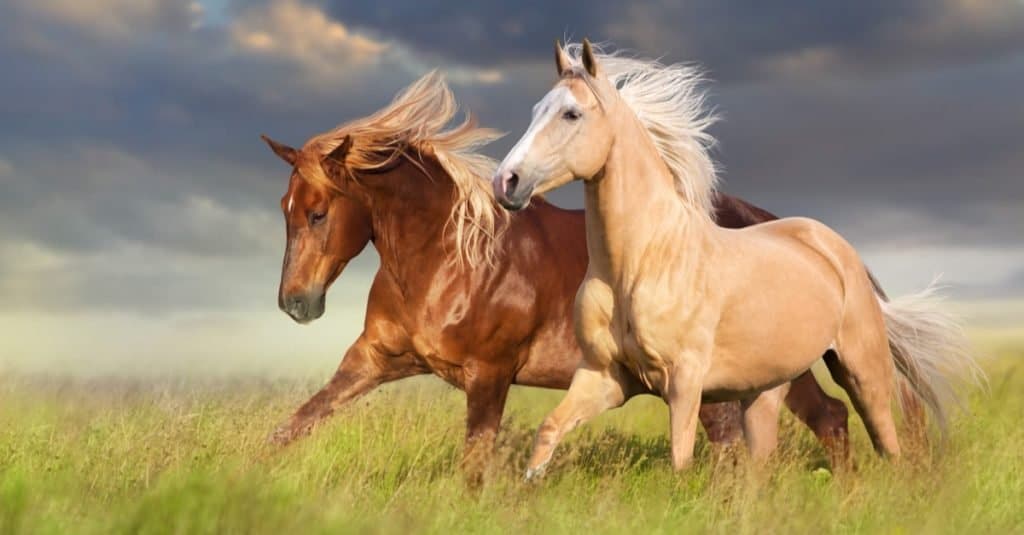
©Callipso/Shutterstock.com
The Horse in Minecraft can be ridden by the player, but they can’t be holding anything else. The player can give the horse apples, sugar, bread, and other foods to build a relationship so they can ride without being bucked off. This Horse cannot swim, but the different types will determine their speed and how high they can jump.
Horses can be bred with other animals in the game to create another species. For example, if a horse breeds with a donkey, they spawn a mule. However, other animals can spawn if the animal is struck by lightning as well.
Real-Life Counterpart: Horse
The horse can also be ridden in real life, though it often requires training beforehand. The favorite food of a horse is grass, but it will still eat the sugar and apples mentioned above. While you can safely feed your horse bread on occasion, it doesn’t have the necessary nutrition.
Unlike Minecraft animals, a real-life horse can swim rather well.
#4 Minecraft Animal: Sea Turtle

©Willyam Bradberry/Shutterstock.com
The Sea Turtle is bright green, taking on a passive role in the game that primarily lives underwater. There are multiple ocean biomes with beaches that the Sea Turtle can spawn on, and they lay anywhere from 1-4 eggs. The baby Sea Turtles have many threats before they hatch, including foxes, cats, wolves, ocelots, and multiple zombie mobs.
Real-Life Counterpart: Sea Turtle
Sea turtles often show many colors in their ocean environment, living underwater like their Minecraft mob. However, they lay over 100 eggs in each nest, which is much more than the Minecraft mob does.
#5 Minecraft Animal: Cat

©Giedriius/Shutterstock.com
Cats can be primarily found in villages, though the black cat is also found at a witch hut. In total, there are 11 different color options, and the cat can be tamed with either raw cod or raw salmon. However, while feeding, the player needs to stay in one place, or the cat will be scared off.
When falling or jumping, the cat will not sustain any fall damage. When they aren’t roaming around in the game, they prefer to sit and rest on chests, beds, and active furnaces.
Real-Life Counterpart: Domestic Cat
There are many different types of cats, though the black cat can be found in just as many places (rather than just around witch huts). Salmon can be a part of their diet, but these carnivores also like chicken, beef, and other cooked meats. Playing on the “nine lives” that these animals have, they have the ability to land on their feet to prevent injury, which is called a “righting reflex.” While this is true in most cases, the height of the fall can affect whether or not a cat does land on it’s feet.
#6 Minecraft Animal: Sheep

©Vasilyev Alexandr/Shutterstock.com
Sheep are in high abundance in Minecraft, making them the most popular animal to come across. Their purpose is to offer mutton and wool for the players. The wool can then be dyed into 16 different colors, and they can be used as fuel, decoration, or supplies to create other items with the Crafting Table.
When undisturbed, sheep will walk around and consume grass until the area is reduced to dirt. They are easy to farm since all the player has to do is walk around with Wheat to attract their attention.
Though the most common sheep are white, they can also be found in brown, shades of grey, and black. The rarest version is naturally found in pink.
Real-Life Counterpart: Sheep
Sheep offer the same supplies in real life as they do in the game – mutton and wool. Real sheep also love grass, and they are easy to take care of.
#7 Minecraft Animal: Fox

©Sandra Standbridge/Shutterstock.com
The fox, a nocturnal mob, spawns as either a baby or adult form, and it is found in an orange or white hue. Commonly found in taiga biomes, the fox seeks out shelter before they rest during the day, though they wander around at night. They will attack chickens, rabbits, and baby turtles while untamed, but they will protect players that earn their trust by going after any mob.
Taming a fox is rather difficult, but it is possible. The best way to tame a fox is to spawn a new one, “kidnap” the baby fox, and gradually earn their trust.
Real-Life Counterpart: Fox
The fox has the same colors as the Minecraft mob, living in woodland areas. They love to eat rabbits, though they will go after primarily the same prey as in the game. Foxes can be domesticated, but they are notoriously unpredictable.
#8 Minecraft Animal: Glow Squid
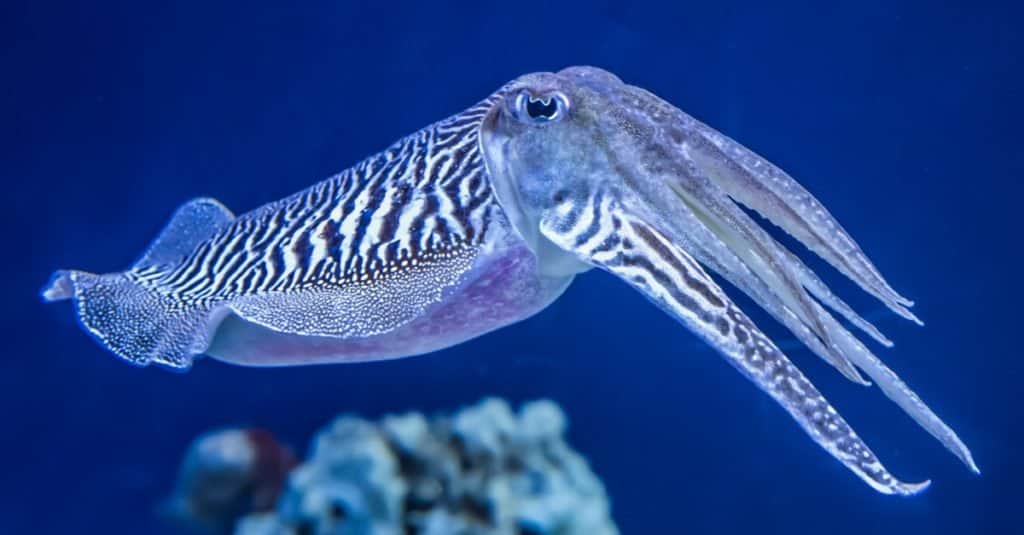
©David A Litman/Shutterstock.com
The Glow Squid comes from the animals of Minecraft Earth, and it was only recently released in the game. The creators of Minecraft have hinted that they spawn in swamps and underground lakes, but they will also go deeper into the ocean to spawn.
As the glow squid moves, it drops glowing ink sacs.
Real-Life Counterpart: Cuttlefish
The closest animal to Minecraft’s Glow Squid is the cuttlefish since some variations glow. Cuttlefish often make their habitat in shallow reefs, but they sometimes are found at great depths in the ocean, just like the mob.
#9 Minecraft Animal: Pufferfish
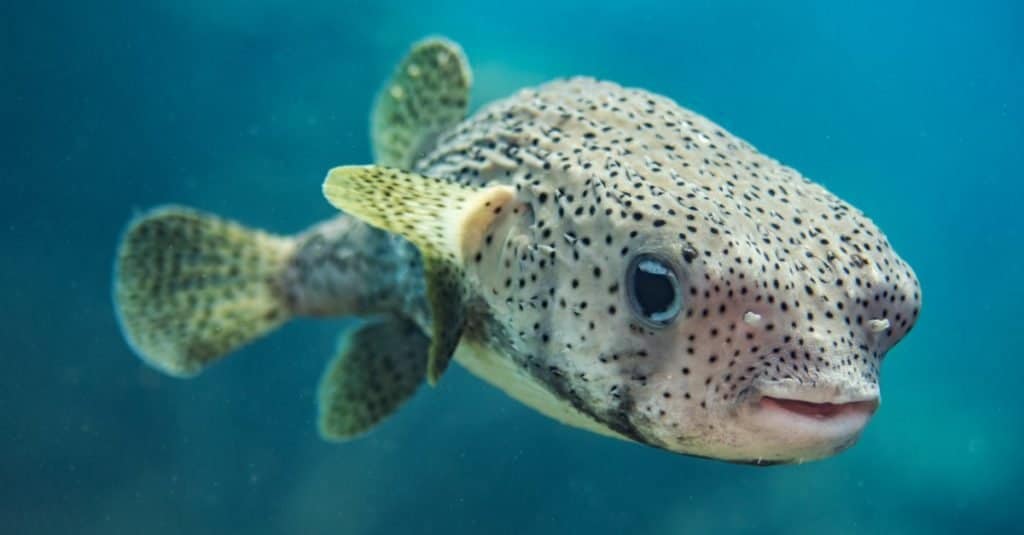
©J.T. Lewis/Shutterstock.com
The Pufferfish is one of the uncommon Minecraft animals, spawning underwater in lukewarm or warm bodies of water. They do not like to be approached by players, puffing up as a defense mechanism. It is possible to collect them with a water bucket, but they cannot live without being immersed in water. They can use poison against players or other mobs.
Real-Life Counterpart: Pufferfish
Pufferfish give birth underwater, though their partner will rub their sides during the labor. They also puff up to intimidate predators, and their toxins make them extremely dangerous, just like the mob.
#10 Minecraft Animal: Hoglin
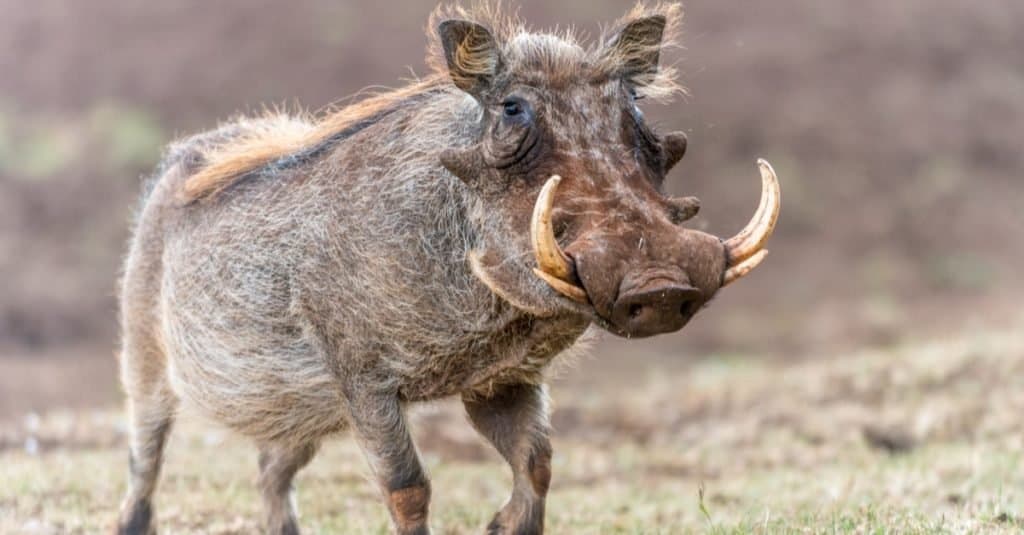
©Jixin YU/Shutterstock.com
The Hoglin is a hostile mob that comes from pigs, and they are the only ones that can be bred. They tend to attack Armour Strands, though they are hunted and killed by adult Piglins. If it nears the overworld, it only needs 15 seconds of exposure before it becomes a Zoglin, which is also hostile.
Real-Life Counterpart: Warthog
The differences between the warthog and the Hoglin are easy to identify, mainly because the former doesn’t become a porkchop and leather when it dies. Warthogs are hunted by lions, crocodiles, and other massive predators, though they have an omnivorous diet.
Real Life Minecraft Animals Summary
| Rank | Animal |
|---|---|
| #1 | Axolotl |
| #2 | Moobloom / Cow |
| #3 | Horse |
| #4 | Sea Turtle |
| #5 | Cat |
| #6 | Sheep |
| #7 | Fox |
| #8 | Glow Squid |
| #9 | Pufferfish |
| #10 | Hoglin / Warthog |
Up Next…
Minecraft’s animals seem like a cast of unreal mythical characters, but they actually have a lot in common with their counterparts in the animal kingdom. Learn all about some of the most unbelievable animals in the world!
- The 10 Smartest Animals in the World– #6 is a color-changing, stealthy escape artist with a knack for solving puzzles!
- The 10 Weirdest Animals (that actually exist)– For anyone creating a fantasy game who needs some ideas, these guys would probably fit right in…
- The Top 10 Cutest Animals on Earth– Read on to find out how the adorable Axolotl ranks against a tiny mouse-deer thing.
The photo featured at the top of this post is © Phil's Mommy/Shutterstock.com
Thank you for reading! Have some feedback for us? Contact the AZ Animals editorial team.







